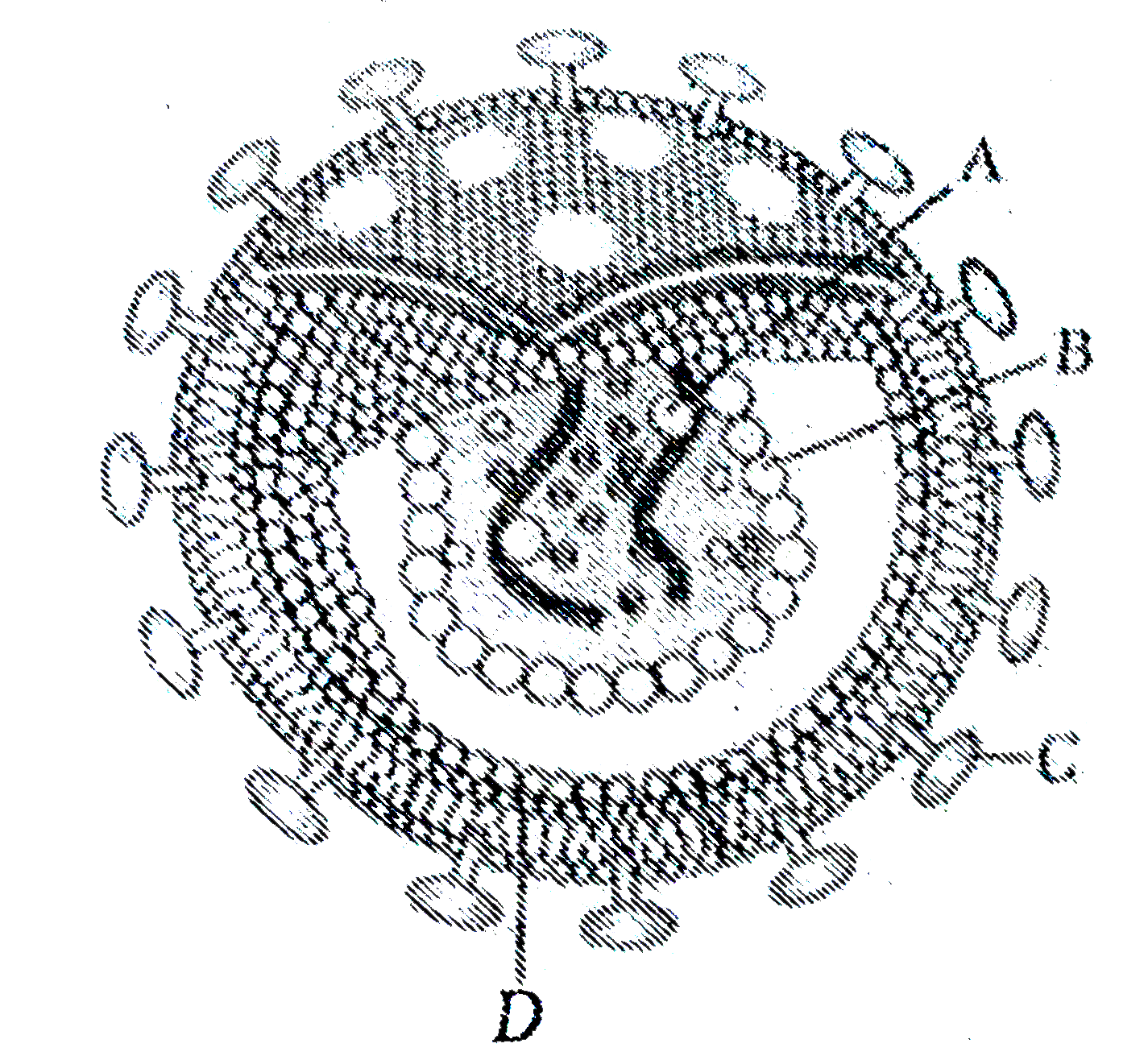Choose the correct pair
Coconut, Cucurbits - dioecious
Honeybee, Rotifers - parthenogenesis
Ornithorhynchus, Whale - viviparity
Frog, Peacock - external fertilisation
The correct Answer is:B
To solve the question "Choose the correct pair," we need to evaluate each of the given options and determine which pair is correct based on the reproductive methods of the organisms mentioned.
1. Evaluate Option 1: Coconut and Cucurbit with Dioecious
- Definition: Dioecious plants have male and female reproductive organs on separate individuals.
- Analysis: Both coconut and cucurbit (like cucumbers) are monoecious plants, meaning they have both male and female flowers on the same plant.
- Conclusion: This pair is incorrect.
2. Evaluate Option 2: Honey Bee and Rotifers with Parthenogenesis
- Definition: Parthenogenesis is a form of asexual reproduction where an unfertilized egg develops into a new individual.
- Analysis: Honey bees can reproduce through parthenogenesis, where unfertilized eggs develop into males (drones). Rotifers also reproduce through this method.
- Conclusion: This pair is correct.
3. Evaluate Option 3: Ornithorhynchus (Platypus) and Whale with Viviparity
- Definition: Viviparity is a reproductive method where the young develop inside the mother and are born live.
- Analysis: While whales are viviparous, the platypus (Ornithorhynchus) is an exception among mammals as it lays eggs.
- Conclusion: This pair is incorrect.
4. Evaluate Option 4: Frog and Peacock with External Fertilization
- Definition: External fertilization occurs when the male and female gametes unite outside the female's body.
- Analysis: Frogs typically exhibit external fertilization, while peacocks (birds) do not; they have internal fertilization.
- Conclusion: This pair is incorrect.
Final Answer:
The only correct pair is Option 2: Honey Bee and Rotifers with Parthenogenesis.
- Definition: Dioecious plants have male and female reproductive organs on separate individuals.
- Analysis: Both coconut and cucurbit (like cucumbers) are monoecious plants, meaning they have both male and female flowers on the same plant.
- Conclusion: This pair is incorrect.
- Definition: Parthenogenesis is a form of asexual reproduction where an unfertilized egg develops into a new individual.
- Analysis: Honey bees can reproduce through parthenogenesis, where unfertilized eggs develop into males (drones). Rotifers also reproduce through this method.
- Conclusion: This pair is correct.
- Definition: Viviparity is a reproductive method where the young develop inside the mother and are born live.
- Analysis: While whales are viviparous, the platypus (Ornithorhynchus) is an exception among mammals as it lays eggs.
- Conclusion: This pair is incorrect.
- Definition: External fertilization occurs when the male and female gametes unite outside the female's body.
- Analysis: Frogs typically exhibit external fertilization, while peacocks (birds) do not; they have internal fertilization.
- Conclusion: This pair is incorrect.
The only correct pair is Option 2: Honey Bee and Rotifers with Parthenogenesis.
Similar Questions
Read the following sentences about photosynthesis:
(i) Sunlight, carbon dioxide, chlorophyll and water are necessary.
(ii) Oxygen is absorbed.
(iii) Leaves carry out photosynthesis.
(iv) Proteins are made during photosynthesis.
Choose the correct pair of sentences that are true to photosynthesis.View SolutionChoose the incorrect pair.
View Solution
Knowledge Check
- Question 1 - Select One
Study the diagram given below.

Choose the correct pair(s) from the following.
I. A-Reverse transcriptase
II. B and C-capsid
III. D-External capsid, C-Peplomer
IV. C-External capsid
Select the correct option from the codes given below.AI and IIIBII and IVCI , III and IVDI, II and IV - Question 2 - Select One
Match and choose the correct pair (a)Cephalopoda −Closed circulatory −Pinctada(b)Echinoidea −Aristotle's lantern −Sea Urchin(c)Tentaculat −Cnodolasts −Pleurobrachia(d)Hexactinellida −Siliceous spicules −Venus flower baske −
A(b), (d)B(a), (d)C(c), (d)D(a), (c) - Question 3 - Select One
Choose the corect pair
AApiculture - Honey beeBSericulture - FishCPisciculture - Silk wormDAquaculture - Lac insect
Choose the incorrect pair
View SolutionChoose the incorrect pair
View SolutionChoose the incorrect pair
View SolutionChoose the incorrect pair
View SolutionSelect the correct pair(s).
I. Methanogens-Methanogenium, Methanothrix
II. Halophiles-Halococcus, Haloarchaea
III. Thermoacidophiles - Sulfolobus, Desulphurococcus
Choose the correct option.View Solution

